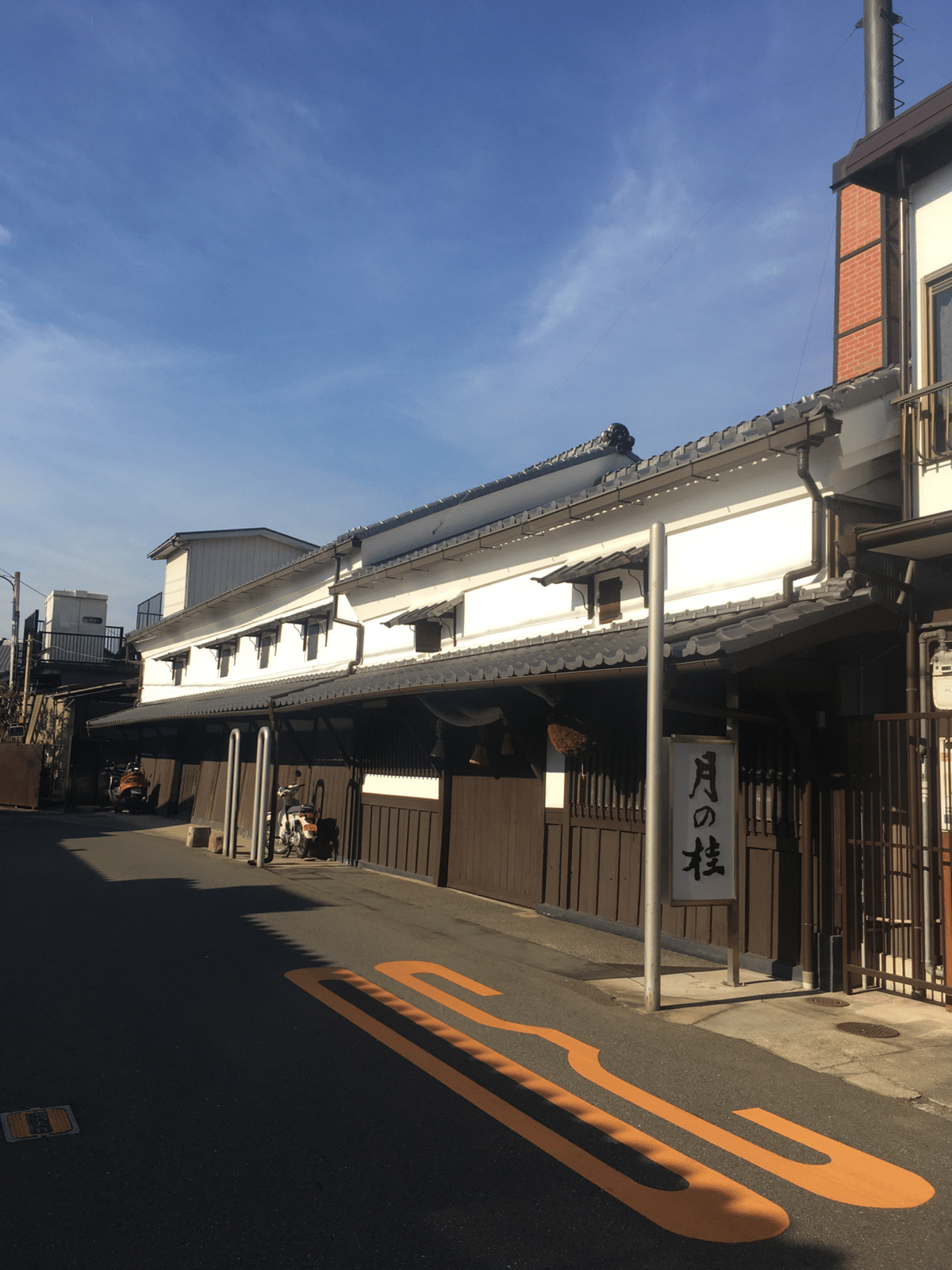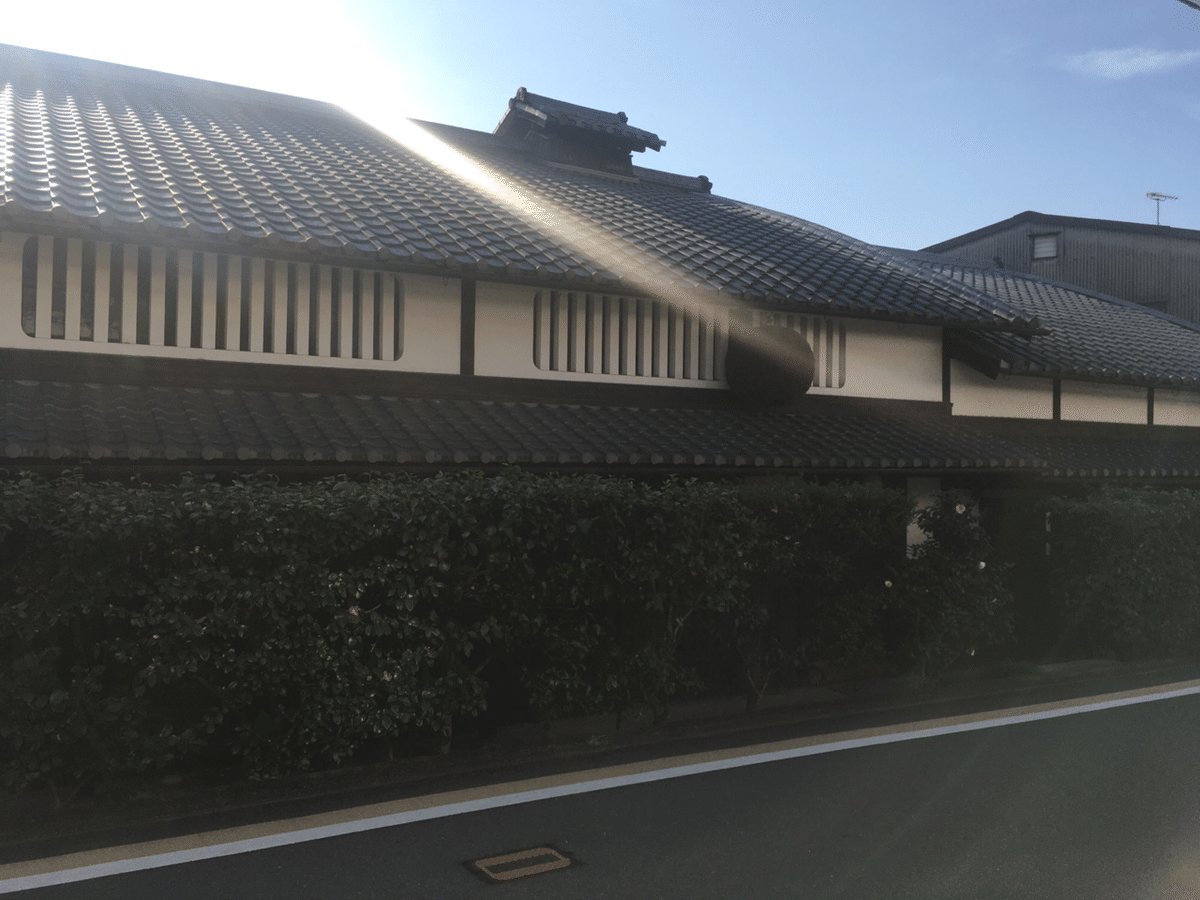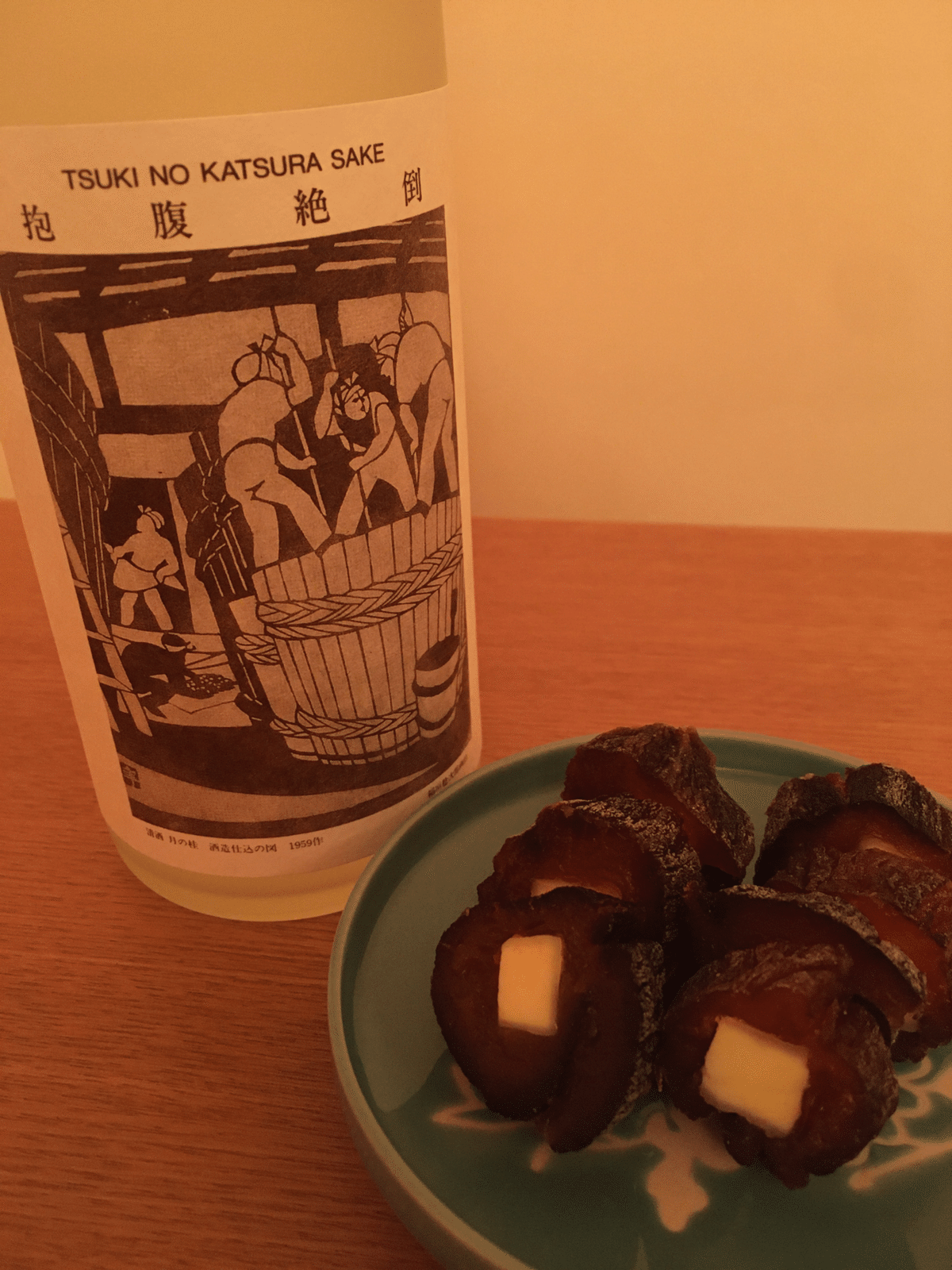
Brewery Visit “Kyoto Fushimi: TSUKINOKATSURA”
I visted “Masuda Tokubee Shoten(Brand:TSUKINOKATSURA)”, one of the oldest brewery in Fushimi district

Even though I am a person who love Kyoto, growing up in the Kyoto’s cultural area and visiting there almost every week…
But I rarely deal with Kyoto sake, including TSUKINOKATSURA, at the previous and the current sake related companies so I have kind of “regret/sorry” for the Kyoto Sake
That is why I begged the brewery to give me an opportunity to know “Kyoto Sake”

“Kyoto Fushimi” is the two biggest sake producing districts along with “Hyogo Nada”
5km south from JR Kyoto station is Fushimi district



TSUKINOKATSURA, one of the oldest brewery in Fushimi district (since 1675)
Other breweries just started their sake business at the other areas then moved to Fushimi, but TSUKINOKATSURA has been at the current place since they started brewing
Besides sake business, TSUKINOKATSURA ran rice shop called “KOMEYA YAHEI” and played a role as “Nakayado”, where courtier can get a rest on their way from Kyoto to Yodo, Osaka then head to the west Japan

Anyway, “dandy” is the most appropriate word to describe this man, the 14th Masuda Tokubee

Surprisingly the President himself also joined sake brewing(just steamed rice is moved by him)
“Bow tie” at events is impressive, dynamic laughing and full of humor. True Kyoto people, whom I was impressed “how cool man” at each times I met

What you cannot miss with this brewery are “cloudy sake” and “vintage sake”
Now, many breweries brew two of them but TSUKINOKATSURA is a pioneer of these categories
“CLOUDY Sake”

Fermenting mass made by rice is called “moromi”. Then if it is pressed, the transparent sake that you usually see and drink can be made(the remains is called “sake-kasu”)
And if “moromi” is pressed roughly, lees will remain in the liquid so you can make “cloudy sake”
In this connection I may add that never pressed “moromi” is called “doburoku”
Zymology’s international authority, Dr. Kin-ichiro Sakaguchi, proposed TSUKINOKATSURA that “why not brewing cloudy sake af your brewery?”, then the former 13th began
“TSUKINOKATSURA Daigokujo Nakagumi Nigori (Cloudy Sake)”, the first commercialized product in 1964, same year as the last Tokyo Olympics
Precisely, a pioneer of cloudy and sparkling sake


“VINTAGE Sake”
Sake has less idea of maturation rather than that of wine
Refreshing and clean palate should be sake’s image. On the contrary, vintage sake’s charm is “complexity” and people would be surprised as “is this really made of rice??”
The brewery launched to brew vintage sake in 1965, following year of cloudy sake’s start
Regularly selling item is “TSUKINOKATSURA Junmai Daiginjo Koshu KOHAKUHIKARI 10 Years”

10 years must be great enough but the oldest one is 55 years
I have never heard any other breweries introducing porcelain jar to mature sake. However, TSUKINOKATSURA has more than 1,000 porcelain jars, all are custom-made, at the storehouse


Wine, sherry and rum producers from all over the world come to see TSUKINOKATSURA
(General public’s brewing tour is not accepted)
President Masuda is also a director of “Toki SAKE Association”, which try to spread vintage sake domestically and internationally
Set item with other member breweries affliated in this association is JPY2,020,000, putting efforts to tell the vintage sake’s charm

Tasting Room



Current building is revived after damaged by “Battle of Toba-Fushimi” in 1868


The taste of TSUKINOKATSURA sake is quite elegant and well harmonized, just like the ancient capital Kyoto’s atmosphere
Very transparent. Stick to “food first/friendly” sake which is absolutely matches with Kyoto cuisine
“TSUKINOKATSURA Junmai Nigori (Cloudy Sake)”
Nowadays, you can find many thick flavoured cloudy sake. However, TSUKINOKATSURA is the opposite, dry type. Powerful carbonate and refreshing aftertastes

“TSUKINOKATSURA Junmai Ginjo YANAGI”
Currently distributed Junmai Ginjo through us in Taiwan

“TSUKINOKATSURA Junmai Houfuku Zettou”
8% low alcohol sake
Refreshing palate like white wine, full of juicy fruity flavour

When introducing sake to drinkers, it frequently ends up trying to tell the “product itself” (that may be good enough though…)
However, I need to add “brewery’s story” to product information
Furthermore, in stead of remaining there, I have to embody the brewery’s “land” together with other information
Kyoto is a unique land where you more study, you more appreciate the depth of taste
I would love to add Kyoto’s deepness then introduce TSUKINOKATSURA items by my own way

Then, I also would love to learn President Masuda’s one hundredth dandyism……
